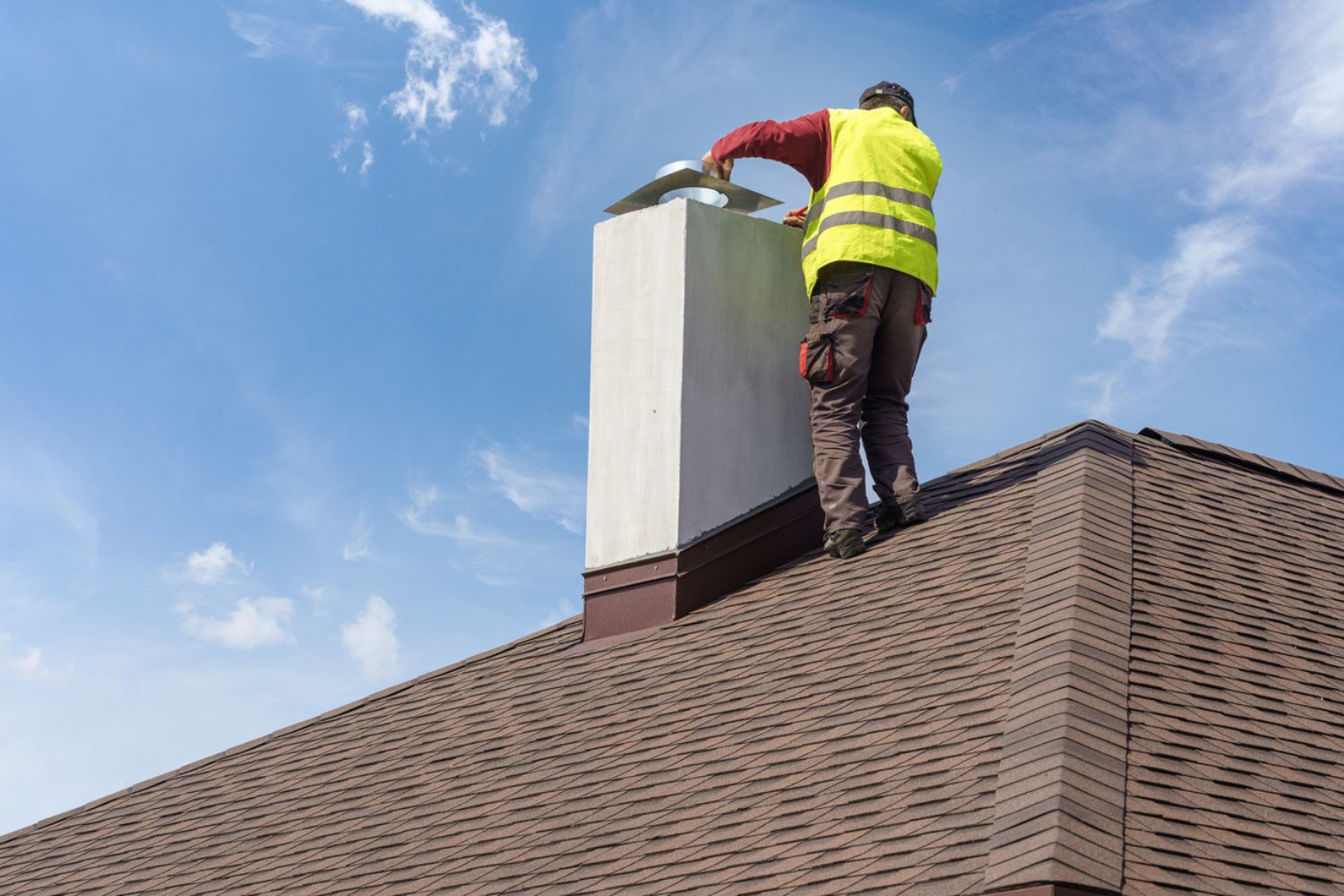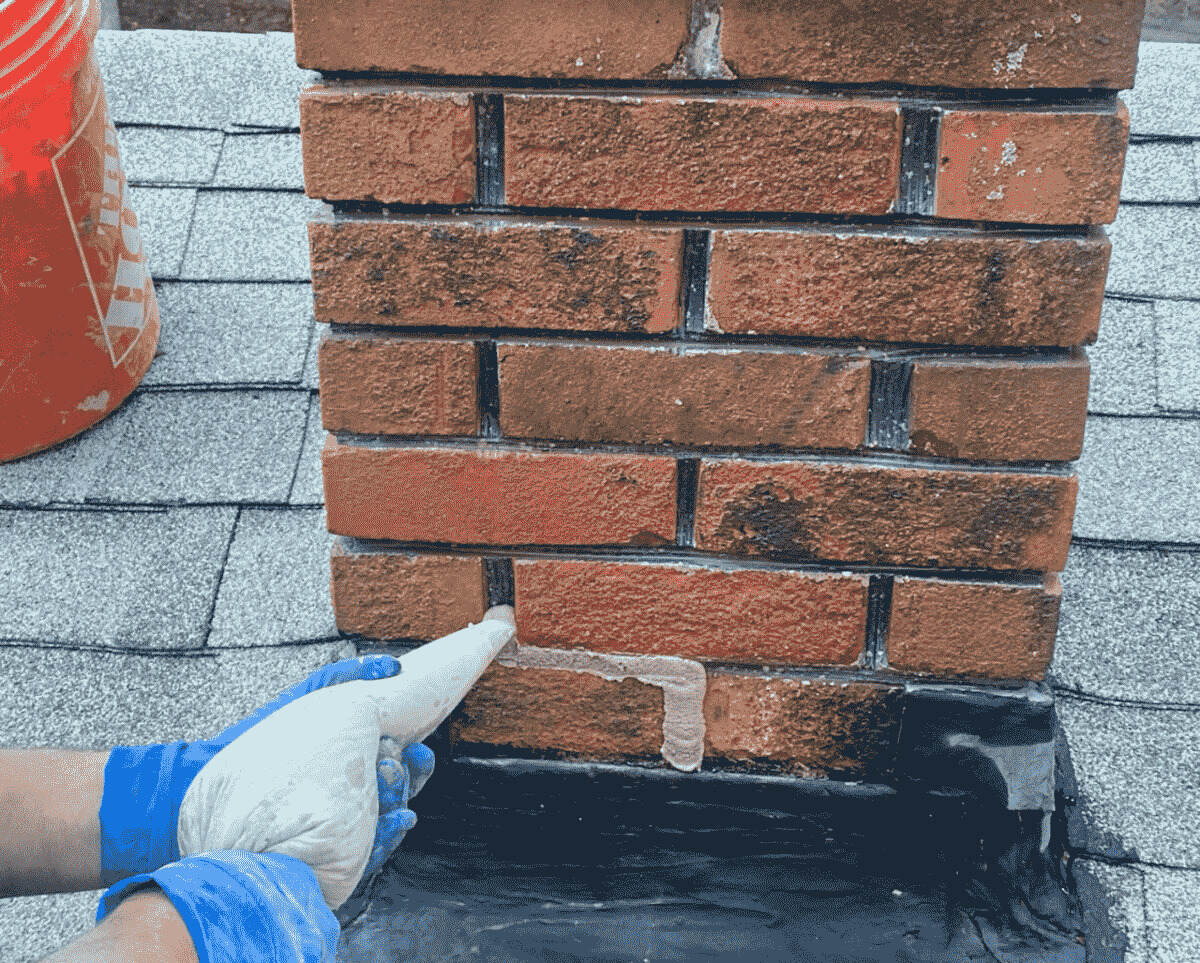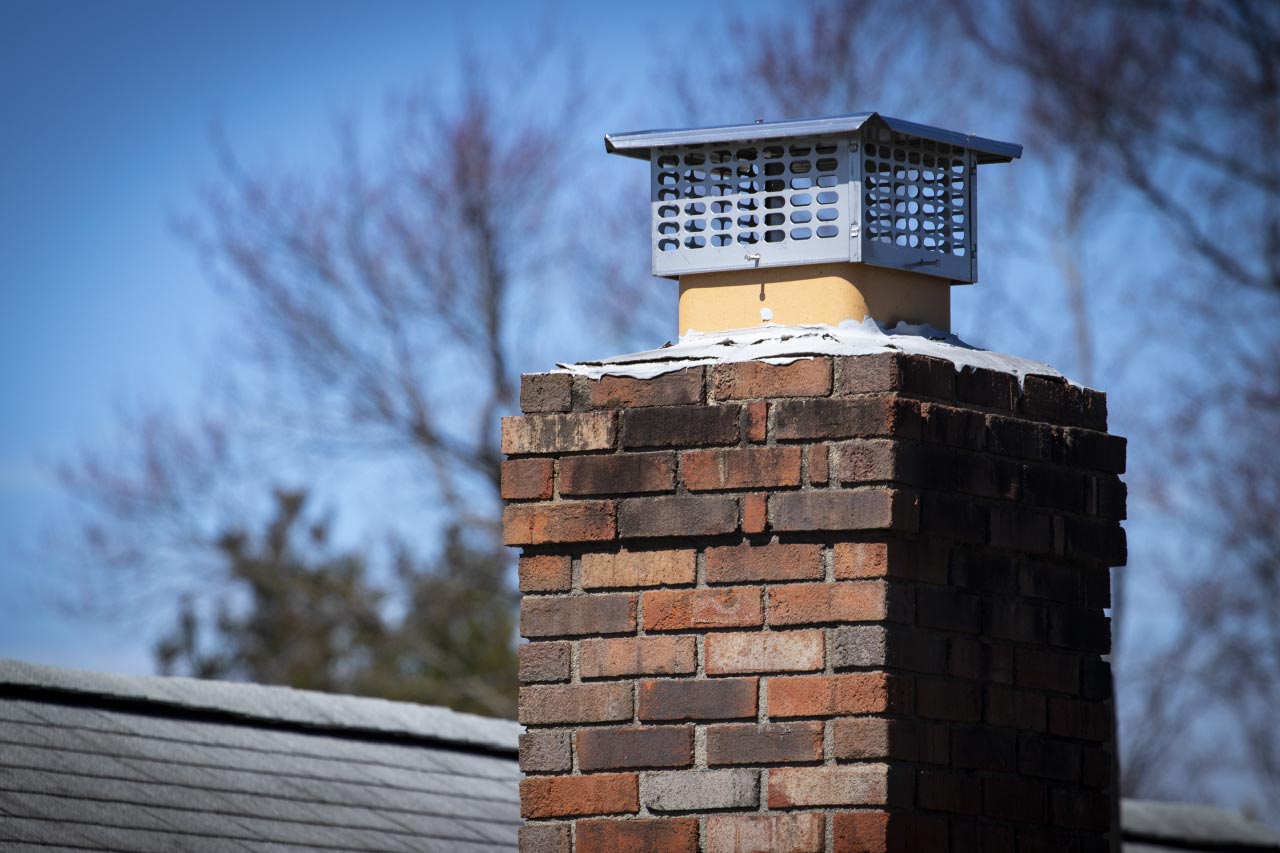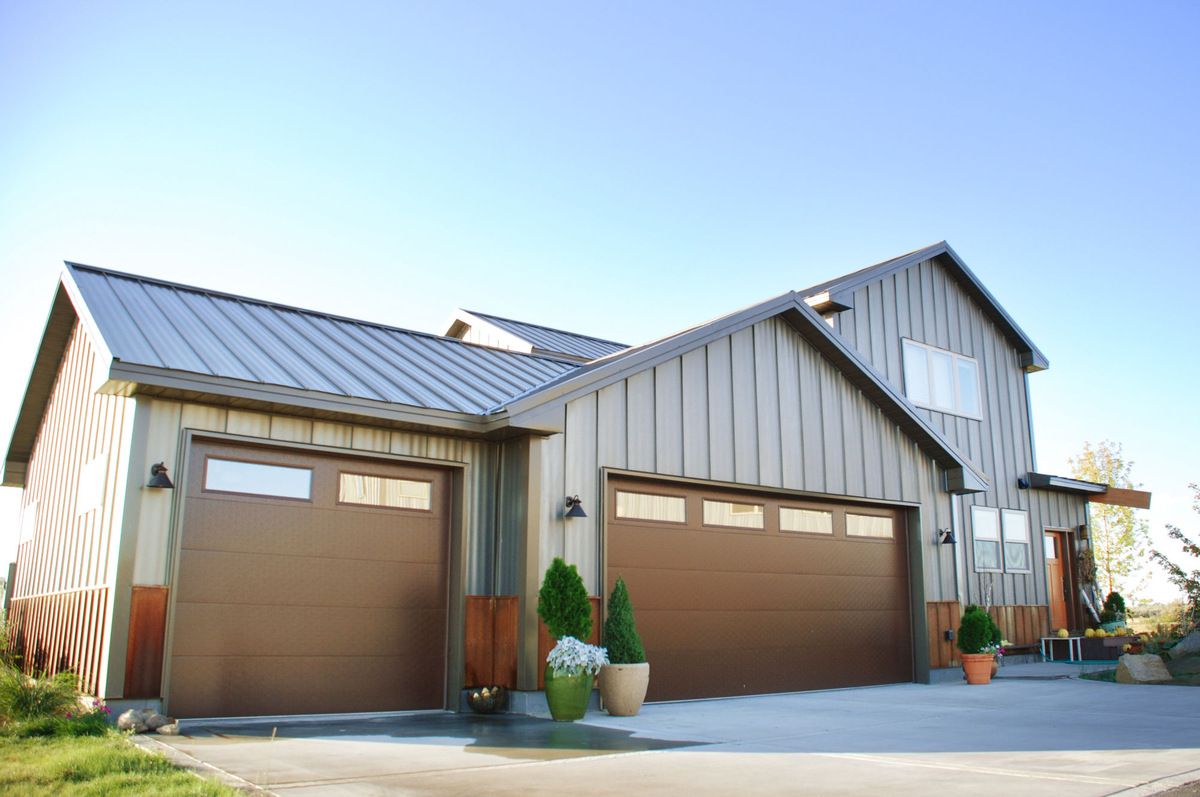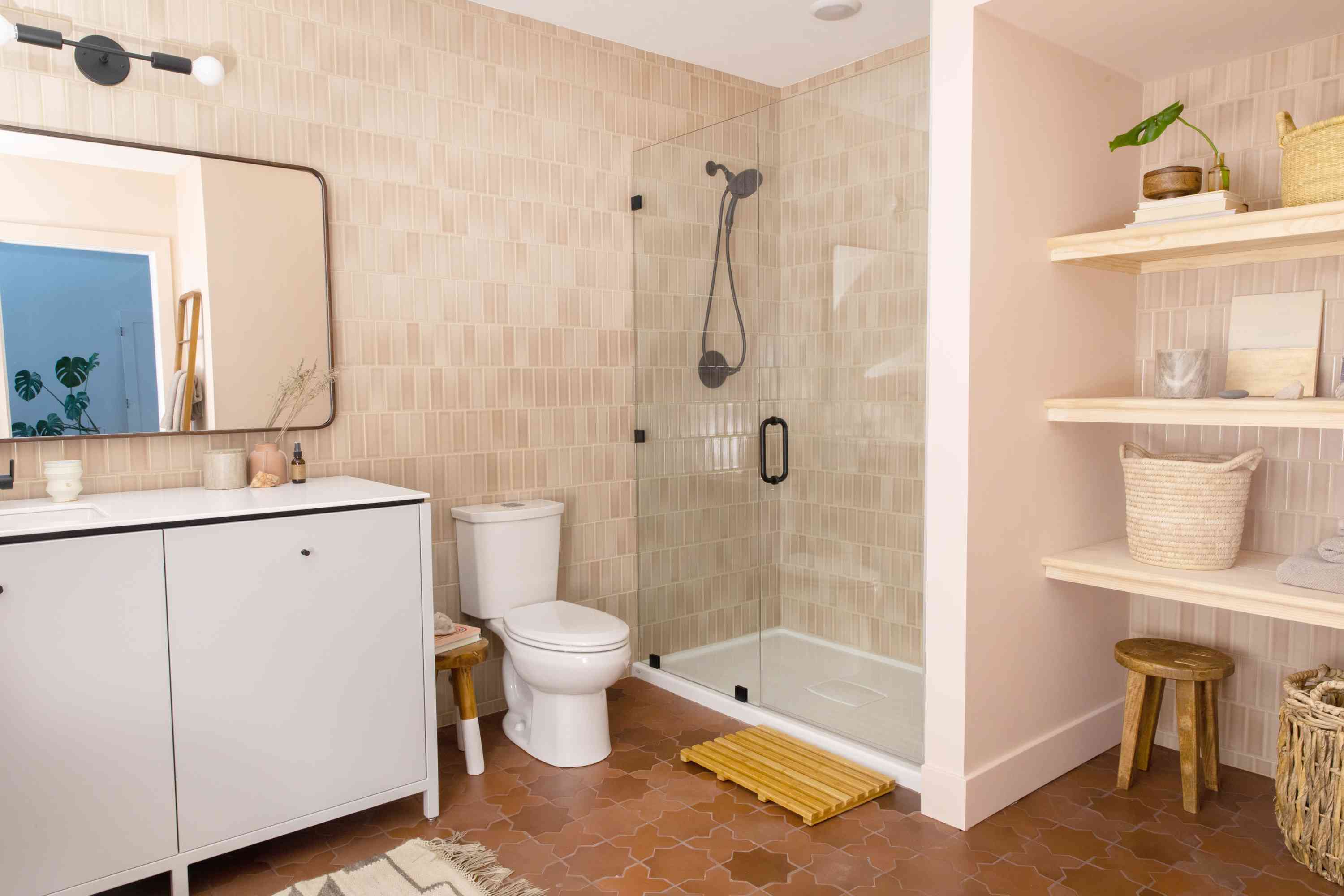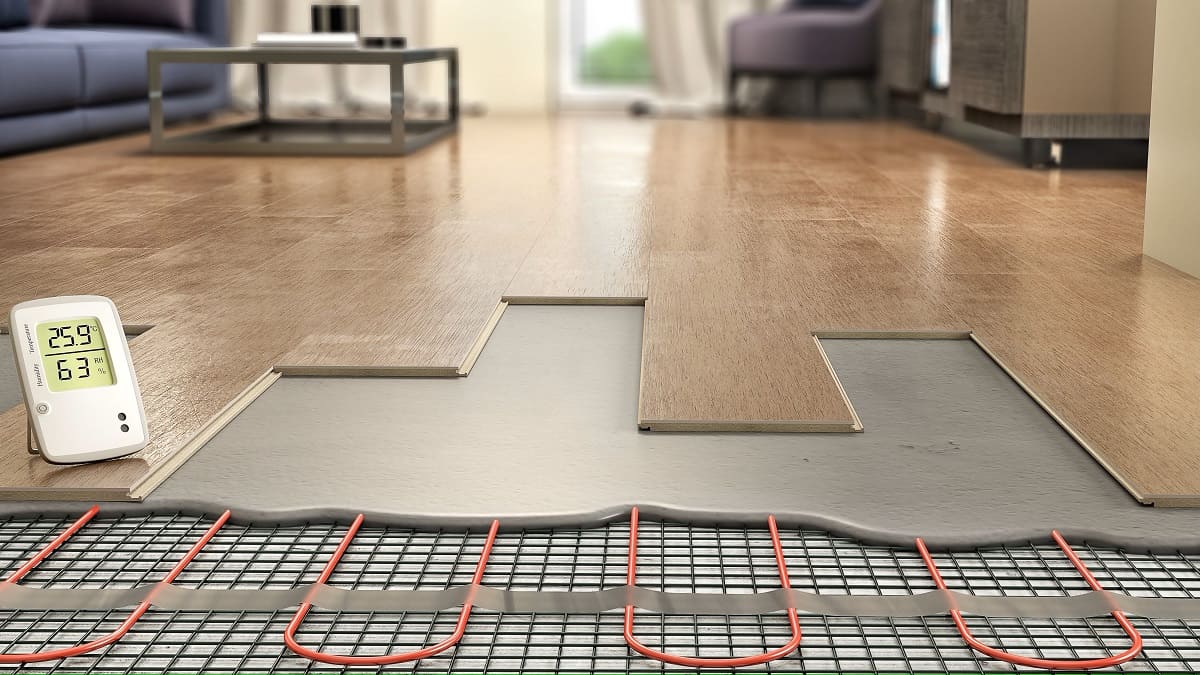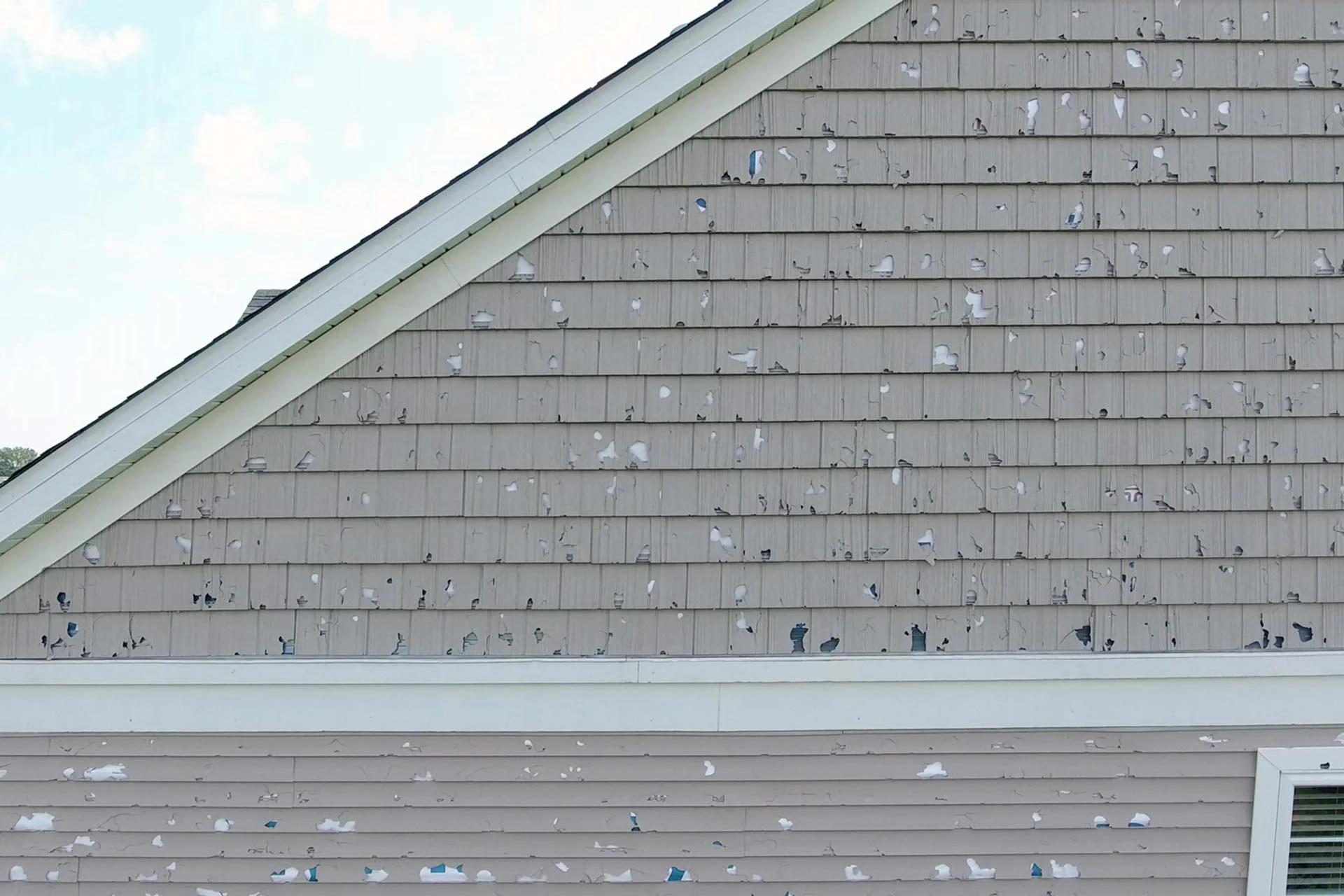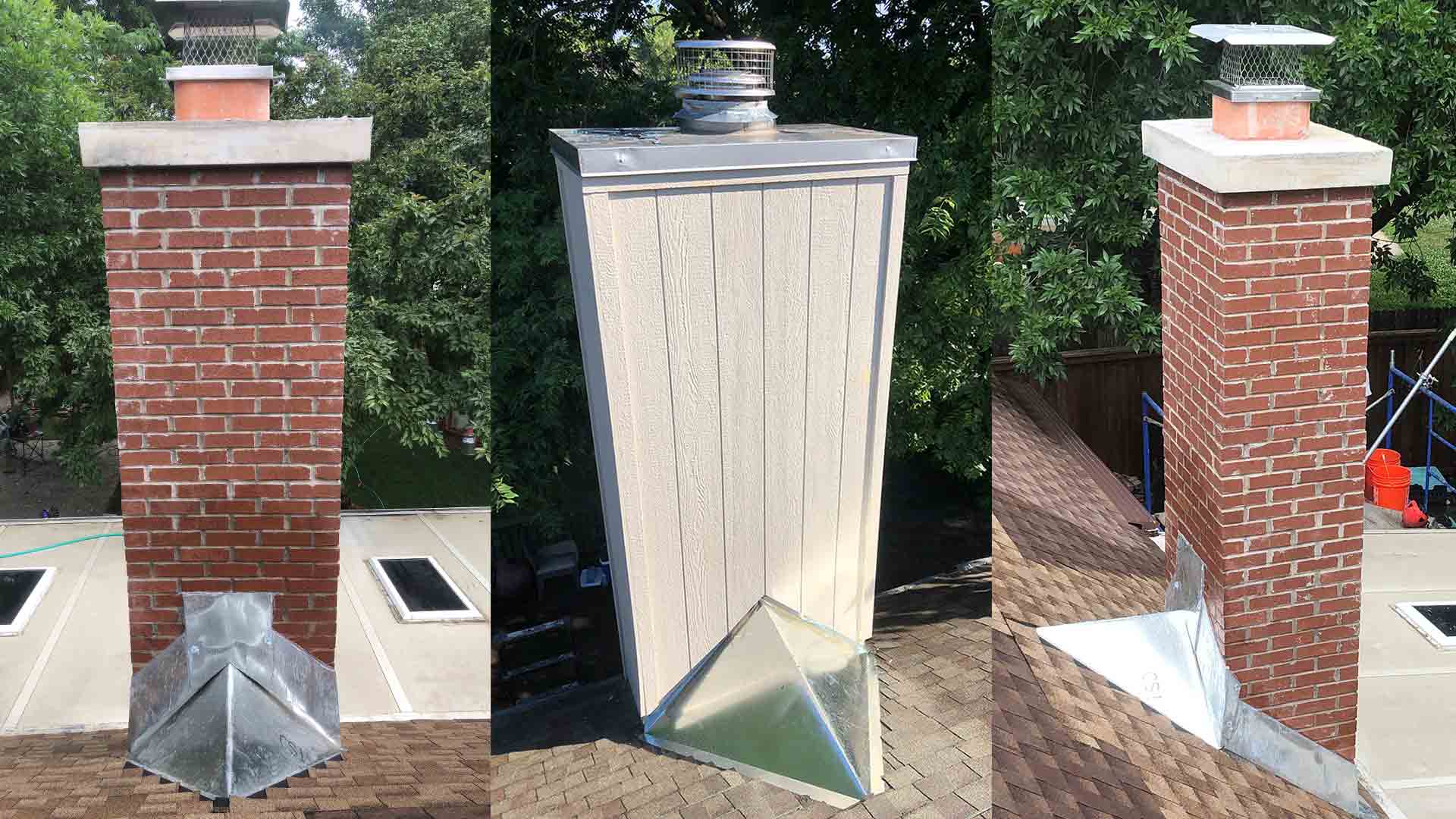Home>Home Maintenance>How Much Does Hail Repair Cost


Home Maintenance
How Much Does Hail Repair Cost
Modified: August 31, 2024
Find out the average cost of hail repair for home maintenance. Get a quote for fixing hail damage on roofs, siding, and windows.
(Many of the links in this article redirect to a specific reviewed product. Your purchase of these products through affiliate links helps to generate commission for Storables.com, at no extra cost. Learn more)
Introduction
Welcome to our comprehensive guide on the cost of hail repair. Hailstorms can wreak havoc on our homes, leaving behind a trail of damage that needs to be repaired. From dented roofs to cracked windows, hail damage can be a major headache for homeowners. But how much does hail repair actually cost?
In this article, we will explore the various factors that affect hail repair costs and provide you with a better understanding of what to expect when it comes to repairing hail damage. Whether you’re dealing with a few small dents or extensive damage, we’ve got you covered.
Before we delve into the cost of hail repair, it’s important to understand the factors that can affect the overall cost. These factors can vary depending on the extent of the damage, the type of repair needed, and the location of your home. Let’s take a closer look at these factors.
Key Takeaways:
- Hail repair costs can range from $500 to $5,000, depending on factors like hailstone size, damage type, and material. It’s important to get multiple quotes for fair pricing.
- Homeowners can minimize hail repair costs by considering impact-resistant materials, conducting regular maintenance, and reviewing insurance coverage for hail damage.
Read more: How Much Does It Cost To Replace A Chimney
Factors Affecting Hail Repair Costs
The cost of hail repair can vary significantly depending on several factors. Understanding these factors will help you get a better idea of why prices can differ and how to estimate the cost of repairing hail damage to your home. Here are some of the key factors that affect hail repair costs:
- Size and severity of the hailstones: The size and severity of the hailstones that caused the damage can have a direct impact on the repair costs. Larger hailstones and those with sharper edges can cause more significant damage, resulting in higher repair costs.
- Type of damage: The type of damage caused by hail can also vary. Some common types of hail damage include dents in the roof, broken windows, and damaged siding. The extent and complexity of the damage will affect the overall repair cost.
- Material of the affected surfaces: The material of the surfaces that have been damaged can affect the cost of repairs. For example, repairing hail damage on a metal roof may be more expensive than repairing damage on an asphalt shingle roof.
- Accessibility: The accessibility of the damaged areas can also impact the cost of repairs. If the hail damage is located in hard-to-reach areas, such as high roofs or intricate architectural features, the repair process may be more time-consuming and require specialized equipment, resulting in higher costs.
- Location: The geographic location of your home can play a role in hail repair costs. Areas prone to frequent hailstorms may have experienced hail damage specialists who offer competitive prices or specialized services.
- Insurance coverage: If you have insurance coverage for hail damage, the cost of repairs may be partially or entirely covered. It is essential to review your insurance policy to understand the coverage and any deductibles you may need to pay.
Keep in mind that the cost of repairs can vary from one contractor to another. It’s always a good idea to get multiple quotes from reputable hail repair specialists to ensure you’re getting a fair price.
Now that we understand the factors that affect hail repair costs, let’s explore the different types of hail damage that homeowners may encounter.
Types of Hail Damage
Hail damage can manifest in various forms, affecting different parts of your home. Understanding the different types of hail damage can help you identify the extent of the damage and estimate repair costs more accurately. Here are the most common types of hail damage:
- Dents and dings: One of the most visible types of hail damage is dents and dings on the surfaces of your home, such as the roof, siding, or gutters. These dents can not only compromise the aesthetics of your home but also weaken the structural integrity of the affected areas.
- Cracked or broken windows: Hailstones, especially larger ones, can cause windows to crack or shatter. Broken windows not only expose your home to the elements but also pose a safety risk. Repairing or replacing cracked or broken windows is crucial to maintain the security and energy efficiency of your home.
- Damaged roofing: Hail can cause significant damage to your roof, leading to leaks, water damage, and compromised insulation. Whether it’s asphalt shingles, metal roofing, or clay tiles, hail can leave behind dents, punctures, or granule loss, requiring immediate attention and repair.
- Broken or damaged siding: The siding of your home is susceptible to hail damage as well. Hail can crack or chip vinyl siding, dent aluminum siding, or chip paint on wooden siding. Repairing or replacing damaged siding is essential to maintain the integrity and appearance of your home’s exterior.
- Damage to outdoor structures: Hail can also cause damage to outdoor structures such as fences, decks, or sheds. These structures may experience dents, cracks, or even structural damage depending on the size and severity of the hailstorm. Repairing or replacing damaged outdoor structures ensures their longevity and safety.
It’s important to inspect your property thoroughly after a hailstorm to identify all types of damage. Keep in mind that some damage may not be immediately visible, and it’s advisable to have a professional hail damage assessment to ensure all areas are properly inspected.
Now that we’ve covered the various types of hail damage, let’s explore the average cost of hail repair and the factors considered by hail repair companies when determining the cost.
Average Cost of Hail Repair
The cost of hail repair can vary significantly depending on the extent of the damage, the size of the affected area, and the materials involved. While it’s challenging to provide an exact cost without assessing the specific situation, we can offer a general idea of the average cost range for hail repairs.
On average, homeowners can expect to pay anywhere from $500 to $5,000 for hail repair. However, it’s important to note that this range can vary significantly based on the factors we discussed earlier.
For minor hail damage, such as small dents or cracks on roof shingles or siding, the cost may be on the lower end of the spectrum. Repairs for this type of damage could cost around $500 to $1,000. Keep in mind that these figures are approximate and can vary based on the contractor and location.
For more severe hail damage, such as extensive roof damage or broken windows, the costs can be higher. Repairs for significant hail damage can range from $2,000 to $5,000 or more, depending on the size of the affected area, the materials involved, and the complexity of the repair process.
It’s worth noting that these estimates are for professional hail repair services. DIY repairs can be a more cost-effective option, but they require the necessary skills, tools, and experience. Additionally, DIY repairs may not be covered by insurance, so it’s important to weigh the pros and cons before deciding on the best approach for your situation.
Now that we have explored the average cost of hail repair, let’s delve into the factors that hail repair companies consider when determining the cost of repairs.
Factors Considered by Hail Repair Companies
Hail repair companies take several factors into account when determining the cost of repairing hail damage. Understanding these factors can help you better understand the estimates provided by the repair companies and make informed decisions. Here are the key factors considered by hail repair companies:
- Extent of damage: The first factor is the extent of the hail damage. Hail repair companies will assess the size and severity of the damage to determine the amount of labor, materials, and time required for the repairs.
- Materials needed: The type and quantity of materials needed for repairs also play a role in determining the cost. Different materials have varying costs, and if special order materials are required, it may result in additional expenses.
- Labor costs: The amount of labor required to repair the hail damage is another important consideration. More extensive damage or complex repairs may require additional manpower or specialized skills, which can increase labor costs.
- Equipment and tools: Hail repair companies use a variety of tools and equipment to complete the repairs. The cost of using these tools is factored into the overall estimate.
- Accessibility: The accessibility of the damaged areas is also taken into account. Hard-to-reach or intricate areas may require extra effort and time to complete the repairs, impacting the overall cost.
- Location: The location of your property can affect the cost of hail repair. Factors such as local labor rates, cost of materials, and competition between repair companies can vary from one region to another.
- Insurance coverage: If you have insurance coverage for hail damage, the repair company will work with your insurance provider to determine the cost. This may involve assessing the coverage, deductible, and any limitations or exclusions in your policy.
- Additional services: Depending on the extent of the damage, additional services may be required. This can include water damage restoration, mold remediation, or other repairs that go beyond the initial hail damage, further impacting the overall cost.
It’s essential to communicate openly with the hail repair company and discuss these factors to ensure you have a clear understanding of the estimate and what is included in the repairs.
Now that we’ve explored the factors considered by hail repair companies, let’s discuss the pros and cons of DIY hail repair versus hiring a professional.
When considering the cost of hail repair, it’s important to get multiple estimates from reputable auto body shops. Additionally, check if your insurance policy covers hail damage to help offset the cost.
Read more: How Much Does It Cost To Clean A Chimney
DIY vs Professional Hail Repair
When it comes to hail repair, homeowners often have the option to tackle the repairs themselves or hire a professional hail repair company. Both approaches have their advantages and disadvantages. Let’s explore the pros and cons of DIY hail repair versus hiring a professional:
DIY Hail Repair:
- Cost Savings: One of the main advantages of DIY hail repair is the potential cost savings. By handling the repairs yourself, you can avoid hiring a professional and save on labor costs.
- Flexibility and Convenience: DIY hail repair allows you to work on your own schedule and at your own pace. You have the flexibility to choose the materials and techniques that suit your preferences.
- Learning Experience: DIY repairs provide an opportunity to learn new skills and gain hands-on experience. It can be a rewarding experience to take control of the repairs and see the results of your efforts.
However, there are also some downsides to consider:
- Limited Expertise: Hail damage repairs can be complex, requiring specific knowledge and expertise. Without proper training and experience, there is a risk of making mistakes or causing further damage.
- Time and Effort: DIY repairs can be time-consuming and physically demanding. It might take longer to complete the repairs, especially if you have limited availability or lack specialized tools.
- No Insurance Coverage: If you choose to handle the hail repairs yourself, it’s important to note that any mistakes or additional damage may not be covered by your insurance policy. This can result in additional expenses in case of errors.
Professional Hail Repair:
- Expertise and Quality Work: Hiring a professional hail repair company ensures that the repairs are done with expertise and precision. Professionals have the necessary training, experience, and tools to handle the repairs effectively.
- Insurance Coverage: Most professional hail repair companies work directly with insurance providers, simplifying the claims process and potentially reducing out-of-pocket expenses for homeowners.
- Time and Convenience: Professionals can complete the repairs efficiently, saving you time and effort. They have the resources and manpower to handle even extensive hail damage quickly.
However, there are a few considerations when hiring professionals:
- Cost: Hiring professionals for hail repair comes with a cost. The expenses can vary based on the extent of the damage, materials required, and other factors discussed earlier.
- Dependence on Contractors: Relying on professionals means you are dependent on their availability and scheduling. It’s important to choose a reputable hail repair company and communicate any specific time constraints or preferences.
Ultimately, the decision between DIY hail repair and hiring a professional depends on your comfort level, availability, budget, and the extent of the damage. It’s advisable to assess your skills and the complexity of the repairs before making a decision. Consulting with a professional for an assessment can provide valuable insights and help you make an informed choice.
Now, let’s explore the coverage for hail damage under insurance policies.
Insurance Coverage for Hail Damage
Hail damage can be a costly repair for homeowners, but the good news is that many insurance policies cover hail damage under certain circumstances. Understanding your insurance coverage is crucial in managing the expenses associated with hail repair. Here’s what you need to know:
Homeowner’s Insurance:
Most standard homeowner’s insurance policies provide coverage for hail damage. However, it’s important to review your policy to understand the specific coverage and any limitations or exclusions. Here are some key points to consider:
- Deductibles: Homeowner’s insurance typically has a deductible amount that you are responsible for paying before the insurance coverage kicks in. The deductible can vary depending on your policy, so it’s essential to review the details.
- Covered Areas: Check your policy to see which areas of your home are covered for hail damage. This typically includes the roof, siding, windows, and other exterior structures.
- Actual Cash Value vs. Replacement Cost: When filing a hail damage claim, insurance policies can provide coverage based on either the actual cash value (ACV) or the replacement cost. ACV considers depreciation, while replacement cost provides coverage for the current cost of repairs or replacements. Review your policy to know which option applies.
- Claim Process: In the event of hail damage, you’ll need to initiate a claim with your insurance provider. This process typically involves documenting the damage, obtaining repair estimates, and working with the claims adjuster to assess the extent of the damage and determine the coverage amount.
- Contractor Choice: Some insurance policies may have specific guidelines or restrictions in terms of contractor choices. Review your policy to understand if you’re required to work with preferred contractors or if you have the flexibility to choose your own.
Automobile Insurance:
If your vehicle has suffered hail damage, it may be covered under your comprehensive automobile insurance policy. Similar to homeowner’s insurance, you’ll need to review your policy to understand the specific coverage, deductibles, and claims process for hail damage to your vehicle.
It’s important to note that filing an insurance claim for hail damage can impact your policy, including potential premium increases. Consider the severity of the damage and the potential cost of repairs before deciding whether to file a claim.
Now that we’ve covered insurance coverage for hail damage, let’s explore some tips for minimizing hail repair costs.
Tips for Minimizing Hail Repair Costs
Hail damage can be unavoidable, but there are steps you can take to minimize the cost of repairs. By being proactive and taking preventive measures, you can potentially reduce the impact of hail damage on your home. Here are some helpful tips for minimizing hail repair costs:
- Regular Maintenance: Maintain your home regularly to prevent any underlying issues that could worsen with hail damage. This includes inspecting and repairing your roof, siding, and windows, as well as trimming trees and securing loose materials in your yard.
- Install Impact-Resistant Materials: Consider investing in impact-resistant roofing materials, such as metal or asphalt shingles with a high impact rating. These materials are designed to withstand hail damage better and may result in fewer repairs.
- Protective Measures: In areas prone to hailstorms, you can install protective measures, such as hail guards for windows or protective screens for outdoor structures. These measures can help minimize the impact of hailstones on your property.
- Hail Damage Assessment: After a hailstorm, it’s crucial to conduct a thorough assessment of your property for any potential damage. Take photos and document the extent of the damage, which will be helpful when filing an insurance claim or obtaining repair estimates.
- Get Multiple Repair Quotes: When seeking hail repair services, it’s advisable to obtain multiple quotes from reputable contractors. This will allow you to compare prices, services, and the scope of work offered, ensuring you’re getting a fair deal.
- Consider Deductibles: Before filing an insurance claim, assess the cost of repairs against your deductible. If the cost is only slightly higher or comparable to your deductible, it might be more cost-effective to pay for the repairs out of pocket to avoid potential premium increases.
- Choose Experienced Contractors: When hiring professionals for hail repairs, select experienced and reputable contractors who specialize in hail damage repairs. They will have the necessary skills and expertise to efficiently handle the repairs, potentially saving you time and money in the long run.
- Review Insurance Policy: Familiarize yourself with the coverage and limitations of your insurance policy regarding hail damage. Understanding your policy will help you navigate the claims process and ensure you maximize the benefits provided by your insurance coverage.
By implementing these tips, you can take proactive steps to minimize the impact of hail damage on your home and reduce repair costs. Remember to prioritize safety and consult with professionals when needed.
Now let’s conclude our comprehensive guide on the cost of hail repair.
Conclusion
Hailstorms can cause significant damage to our homes, requiring prompt and effective repairs. Understanding the factors that affect hail repair costs is essential in estimating the expenses associated with repairing hail damage. Factors such as the size and severity of hailstones, the type of damage, accessibility, and location all play a role in determining the overall cost of repairs.
There are different types of hail damage that homeowners may encounter, including dents and dings, cracked windows, damaged roofing and siding, and even damage to outdoor structures. Thoroughly assessing the damage and understanding the extent of repairs needed will help in obtaining accurate repair estimates.
On average, hail repair costs can range from $500 to $5,000, depending on the severity of the damage and the materials involved. It’s recommended to obtain multiple quotes from reputable hail repair specialists to ensure a fair price and quality workmanship.
When working with hail repair companies, several factors are taken into consideration, including the extent of damage, materials needed, labor costs, accessibility, location, and insurance coverage. Understanding these factors will help you better understand the estimates provided by the repair companies.
Choosing between DIY hail repair and hiring a professional is a decision that depends on factors such as cost savings, expertise required, time and effort involved, and insurance coverage. While DIY repairs may save on labor costs, professional repairs offer expertise, insurance coverage, and convenience.
Insurance coverage for hail damage is usually included in homeowner’s insurance policies, but it’s important to review your policy to understand the deductible, covered areas, and claims process. Additionally, taking preventive measures, such as regular maintenance, installing impact-resistant materials, and protective measures, can help minimize hail repair costs.
In conclusion, understanding the factors and costs associated with hail repair, considering DIY versus professional repairs, and reviewing your insurance coverage are all crucial steps in managing and minimizing the financial impact of hail damage on your home. Take proactive measures and consult with professionals when needed to ensure the safety, integrity, and longevity of your home.
Frequently Asked Questions about How Much Does Hail Repair Cost
Was this page helpful?
At Storables.com, we guarantee accurate and reliable information. Our content, validated by Expert Board Contributors, is crafted following stringent Editorial Policies. We're committed to providing you with well-researched, expert-backed insights for all your informational needs.
